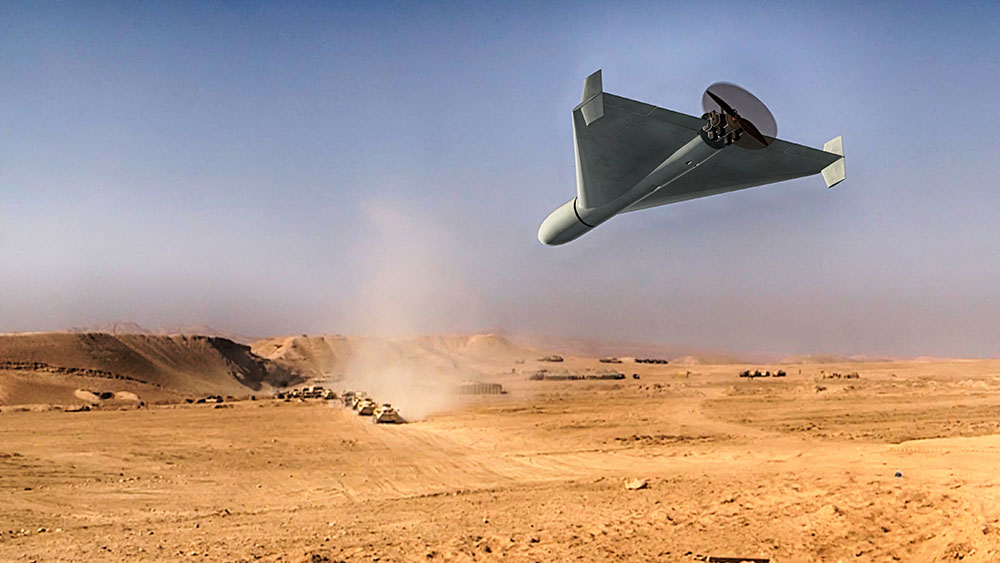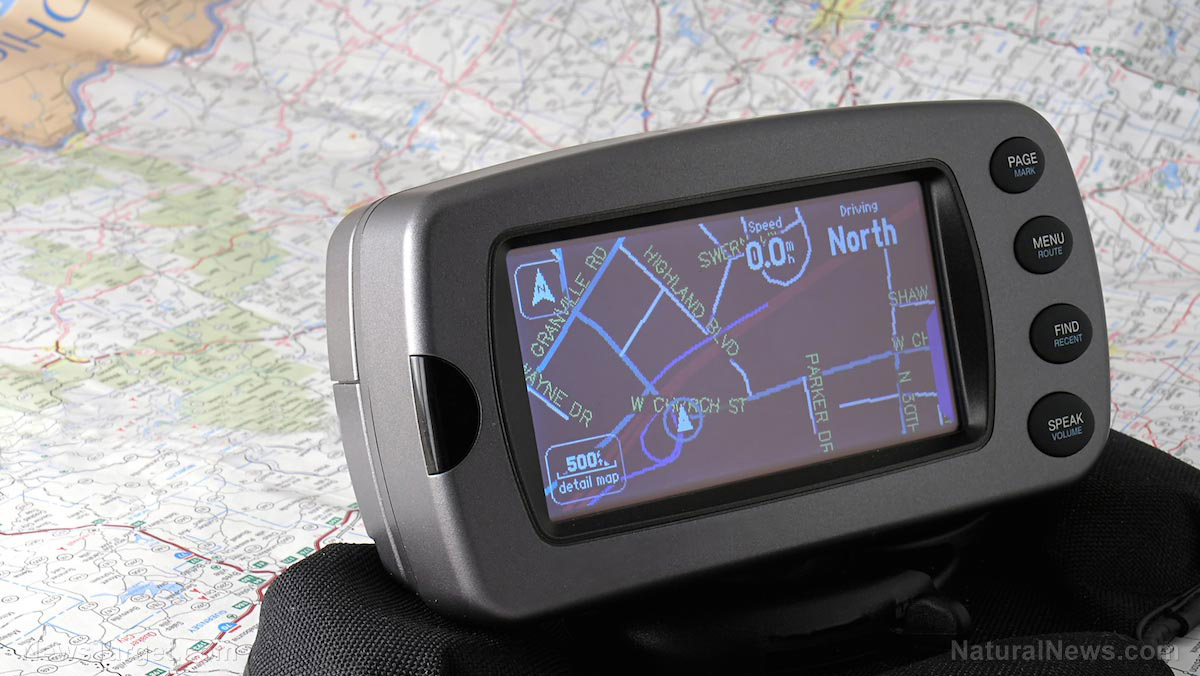 Parler
Parler Gab
Gab
- U.S. Army’s recent display of a grenade-dropping drone highlights its staggering lag in drone warfare technology.
- Ukraine and non-state groups like ISIS have deployed similar or superior capabilities for years, with Ukraine now leading global advancements.
- Failed U.S. military tests in Alaska reveal systemic shortcomings in autonomous drone development and countermeasures.
- Pentagon reforms aim to speed drone acquisition, but bureaucratic hurdles persist.
- Trump-Zelensky talks propose a drone “mega deal” to piggyback on Ukraine’s battlefield-tested tech.
A “game-changing” capability, borrowed from 2016
The Army’s demo in Germany— routed out grenades via quadcopter drones—emulated tactics perfected by ISIS militants during the Battle of Mosul. By 2017, jihadists were deploying DIY drones to lob grenades and explosives at U.S. forces. In Syria, these tactics evolved, while Ukraine’s war against Russia has seen drone warfare escalate to industrial scale. Ukraine’s homemade “Vampire” and “Zubr” drones now strike up to 800 miles into Russian territory, neutralizing airbases and Black Sea fleets. Conversely, the Pentagon’s Artemis project, a $16 million initiative to develop counter-drone tech, faltered in Alaska’s June tests:- AeroVironment’s prototype crashed into a hill mid-jamming exercise.
- Dragoon’s Sender drone overshot its target, erupting in flames.
Behind the curve: Bureaucracy, budgets and battlespace ignorance
The Army’s tardiness stems from intertwining issues:- Bureaucratic inertia: Despite Gen. Richard Clarke’s 2022 warnings about quadcopter threats, institutional resistance delayed drone integration.
- Strategic obtuseness: The Army’s latest tank manual mocks Ukraine’s lessons by advising troops to spot drones via open hatches and shotgun shells. Anti-drone armor, standard on Ukrainian Abrams tanks since 2021, is only now under review for adoption.
- Civilian tech gaps: U.S. firms like Neros and Dragoon lag behind Ukraine’s rapid prototyping. During
A “mega deal” with Kyiv: Buying Ukraine’s war experience
Amid failures, Secretary of Defense Pete Hegseth unveiled reforms to cut drone procurement “red tape.” Concurrently, President Trump’s team is negotiating a $2.1 billion deal with Ukraine: Biden administration objections aside, Kyiv would license its drone tech to Washington in exchange for American weapons. “This is a win-win,” declared President Zelensky, whose forces have tested innovations under-withering Russian fire. The pact could leverage Ukraine’s adaptive edge—its drones are 83% cheaper than U.S. equivalents and boast superior AI targeting. “We’re trading asymmetric strategies,” Emeneker noted. “American industry must learn from Ukraine’s speed and resourcefulness—if it’s not too late.”An air dominance “role reversal”
For decades, the United States has prided itself as the global vanguard of military innovation, yet its drone technology now amounts to little more than a hollow echo of its past dominance. While Ukraine and Houthi rebels in Yemen have weaponized drones to transformative effect—Ukraine employing swarms for tactical strikes and relentless surveillance, while the Houthis have besieged Saudi and UAE infrastructure with low-cost, autonomous drones like swarm attacks—the Pentagon remains paralyzed by bureaucratic gridlock and outdated paradigms of warfare. The Army’s infamous 2016 "grenade-dropping" drone experiment, which saw a defense contractor deploy modified drones to drop hand grenades, offers a stark metaphor for its broader failures: overcomplicated systems, exorbitant costs, and a disconnect from the realities of modern conflict. These issues are not merely technical but existential, marking a "Sputnik moment" that underscores the peril of lagging behind the curve. While Lieutenant General Rick Lynch’s reforms and heightened U.S.-Ukraine diplomacy under the Trump and Biden administrations hint at solutions, the window for adaptation narrows daily. As President Zelensky charged last autumn, “Our enemies fight tomorrow’s wars today. Shouldn’t their allies follow?” Without urgent modernization, the United States risks ceding battlefield supremacy to adversaries who wield simple, adaptable technologies with devastating precision. The Houthis’ asymmetric drone campaigns and Ukraine’s mastery of battlefield surveillance drones starkly illustrate this truth—warfare has evolved, but America’s military playbook remains frozen in the 21st century’s rearview mirror. Sources for this article include: TWZ.com TexAgs.com NYPost.com DefenseNews.comNetherlands names Israel as a SECURITY THREAT, marking a shift in diplomatic ties
By Kevin Hughes // Share
Iran ditches GPS for China’s BeiDou after alleged targeting by Israel, U.S.
By Cassie B. // Share
By Finn Heartley // Share
Governments continue to obscure COVID-19 vaccine data amid rising concerns over excess deaths
By patricklewis // Share
Tech giant Microsoft backs EXTINCTION with its support of carbon capture programs
By ramontomeydw // Share
Germany to resume arms exports to Israel despite repeated ceasefire violations
By isabelle // Share










